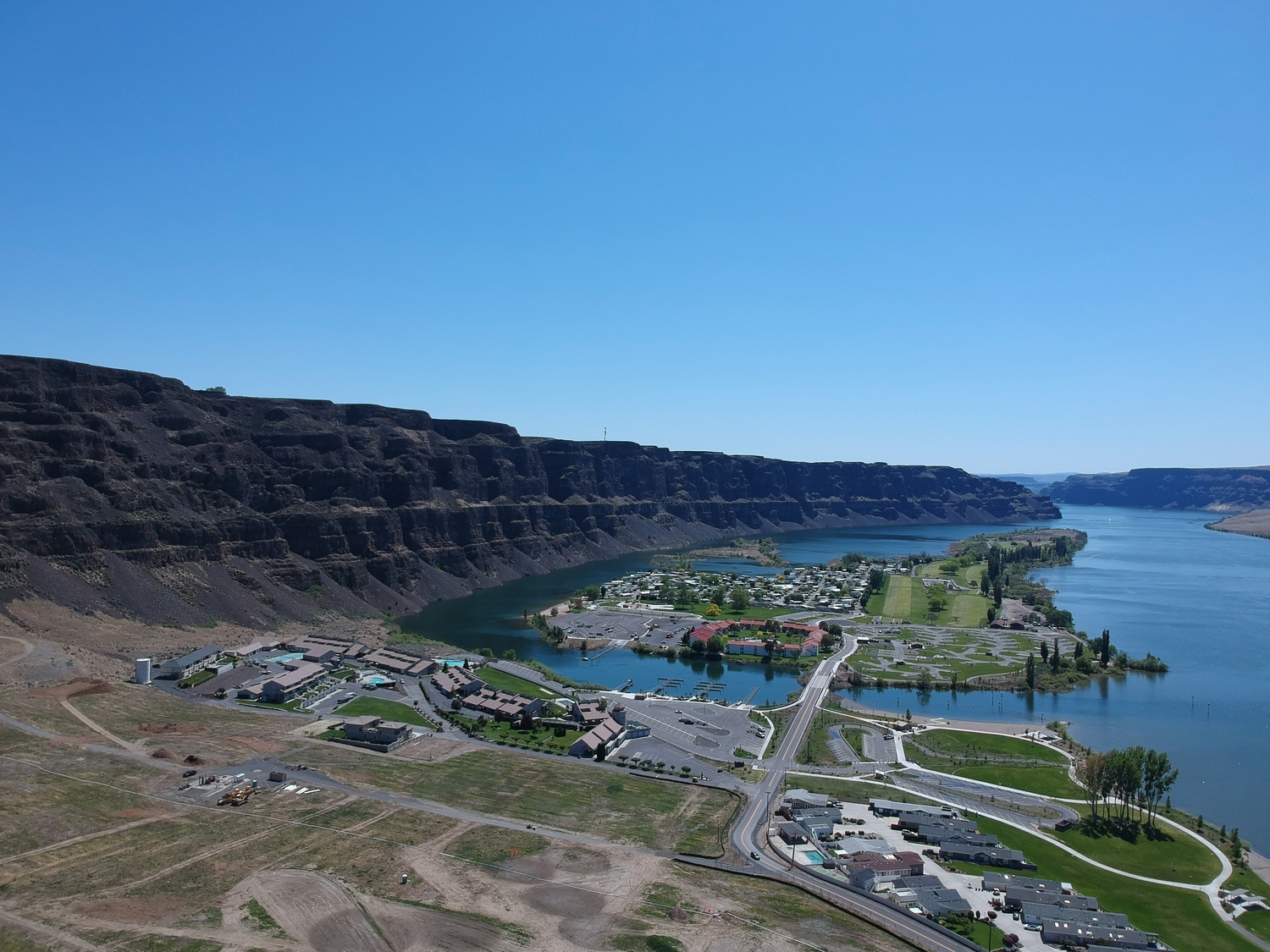
Quincy celebrated its centennial in 2007.
#Quincy washington free#
Free agricultural and geology tours are offered, as well as a produce sale, tractor pull, Farm-to-Market fun run, and many other activities. On the day of the celebration, floats created by local schools and farm equipment parade through town. For a month beforehand, the roads leading to town are decorated with signs showing local crops and products made with them. The park is also home to a large field with a baseball diamond, playground, picnic area, and small skate-park.Įvery 2nd Saturday in September, Quincy celebrates Farmer-Consumer Awareness Day. Quincy has several parks including an aqua park with a waterslide with 2 water fed half tubes, heated pools, and special areas for kids. The Gorge Amphitheatre brings a variety of people through the Quincy Valley. The area offers boating, water skiing, hunting, fishing, snow skiing, and concerts. The City of Quincy is located in Central Washington with close proximity to winter and summer activities. About 18.4% of families and 20.9% of the population were below the poverty line, including 24.5% of those under age 18 and 6.3% of those age 65 or over.

The per capita income for the city was $12,649. Males had a median income of $27,813 versus $18,750 for females. The median income for a household in the city was $32,181, and the median income for a family was $31,847. For every 100 females age 18 and over, there were 104.7 males. For every 100 females, there were 106.3 males. In the city, the population was spread out, with 36.0% under the age of 18, 10.6% from 18 to 24, 28.3% from 25 to 44, 16.1% from 45 to 64, and 9.0% who were 65 years of age or older. The average household size was 3.38 and the average family size was 3.79. 17.9% of all households were made up of individuals, and 8.5% had someone living alone who was 65 years of age or older. There were 1,470 households, out of which 50.1% had children under the age of 18 living with them, 62.0% were married couples living together, 11.8% had a female householder with no husband present, and 20.0% were non-families. Hispanic or Latino of any race were 12.5% of the population. The racial makeup of the city was 75.1% White, 12.3% African American, 0.9% Native American, 3.6% Asian, 0.1% Pacific Islander, 5.5% from other races, and 2.4% from two or more races. There were 1,552 housing units at an average density of 693.2 per square mile (267.5/km 2).

The population density was 2,252.8 people per square mile (869.4/km 2). The gender makeup of the city was 50.7% male and 49.3% female.Īs of the census of 2000, there were 5,044 people, 1,470 households, and 1,176 families residing in the city. 36.6% of residents were under the age of 18 11.5% were between the ages of 18 and 24 26.9% were from 25 to 44 16.6% were from 45 to 64 and 8.3% were 65 years of age or older. The median age in the city was 26.2 years. The average household size was 3.51 and the average family size was 3.87. 15.1% of all households were made up of individuals, and 6.7% had someone living alone who was 65 years of age or older. There were 1,915 households, of which 55.2% had children under the age of 18 living with them, 55.2% were married couples living together, 16.2% had a female householder with no husband present, 9.0% had a male householder with no wife present, and 19.5% were non-families. Hispanic or Latino of any race were 74.3% of the population. The racial makeup of the city was 54.9% White, 0.4% African American, 0.9% Native American, 0.7% Asian, 0.2% Pacific Islander, 40.6% from other races, and 2.4% from two or more races. There were 2,020 housing units at an average density of 407.3 per square mile (157.3/km 2). The population density was 1,360.9 inhabitants per square mile (525.4/km 2).

2010 census Īs of the census of 2010, there were 6,750 people, 1,915 households, and 1,541 families residing in the city. Grand Coulee Dam ĭemographics Historical populationįishing, hiking and bird-watching occur at nearby Quincy Lake, a remnant of the temporary Pleistocene lakes that were created by flood waters from glacial Lake Missoula. Quincy was founded as a railroad camp during construction of the Great Northern Railway in 1892, and was incorporated on March 27, 1907. The area also has an abundance of rimrock. Glacial erratics carried from as far away as Montana can be found nearby. The Missoula Floods had one of their outlets at Trinidad, close to Quincy and another near Ancient Lakes, which includes the Ancient Lakes of the Columbia Valley AVA. Quincy lies atop a part of the Columbia River Basalt Group which is overlain by Pleistocene outburst flood deposits.


 0 kommentar(er)
0 kommentar(er)
